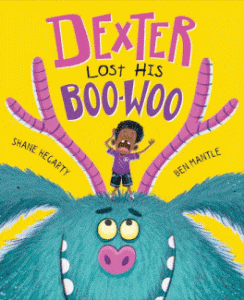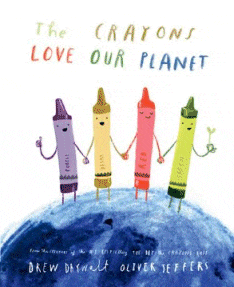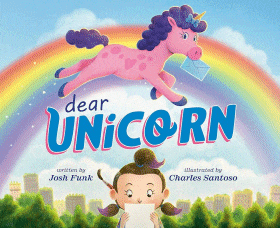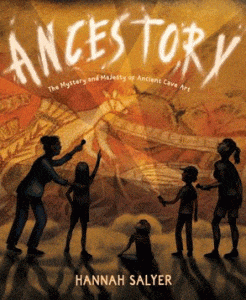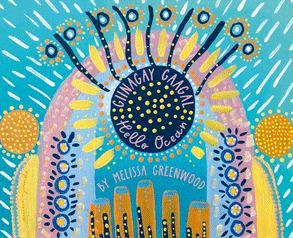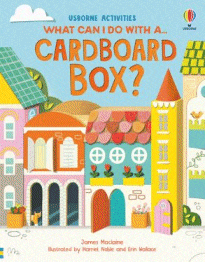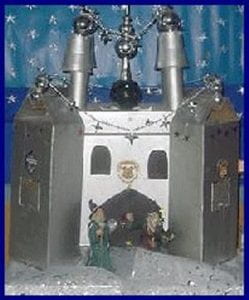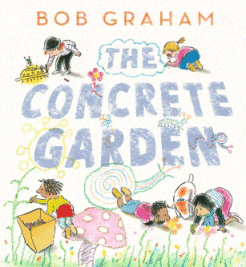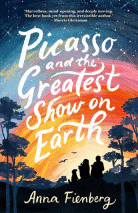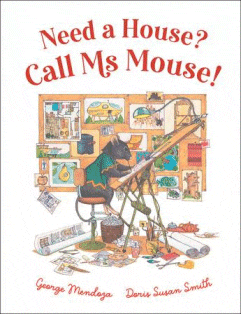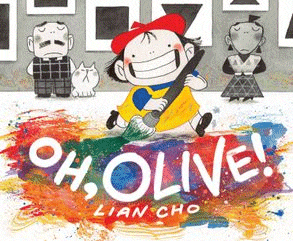
Oh, Olive!
Lian Cho
HarperCollins US, 2024
40pp., hbk., RRP $A29.99
9780063237490
Olive Chen believes she is the most magnificent and brilliant artist in the whole wide world, and certainly, for one so young, her paintings are full of movement and colour. Her parents are also artists—serious artists—who live in prim and pristine monochromatic world while they paint prim, proper, and perfect shapes. They know Olive has the talent to follow in their footsteps. But Olive likes to smear, splatter, splash, and even lick. Painting squares and triangles is not her style and no matter how hard they and her teacher try, Olive cannot paint a shape, much to their disappointment and disapproval. But Olive’s classmates love her riotous splashes of colour and she decides to teach them her technique. With a brush in each hand, Olive cascades through town with her friends in tow, painting what she wants to, what she feels—until she reaches her parents’ pristine art museum. . .
The story of parents trying to mould their children in their own image, expecting them to be mini-mes, with the same likes and dislikes is a common one and so this story which celebrates individuality and creativity is probably as much for the adult who shares it as it is for the little one who hears it. Despite being a common trope in children’s literature, Olive’s ability to ignore the wishes of the adults in her life and be true to herself regardless, is one that many children would like to have – rather than being torn between who they are and who they are expected to be.
Older readers might like to draw comparisons between the endpages – the front being the monochromatic linear images of the town representing the rather dull version of ourselves that we might be if conformity and obedience to expectation become the driving force or the vibrant freeform version of the back images if we let our true selves shine through, identifying the details, differences in and demeanour of the various characters before and after Olive and her friends have swept through. They could also examine and track how line and colour are used throughout to depict the characters and their moods making them as integral to the story as the words themselves.
Quality picture books deliver more and more each time they are read, and this is one of those.
